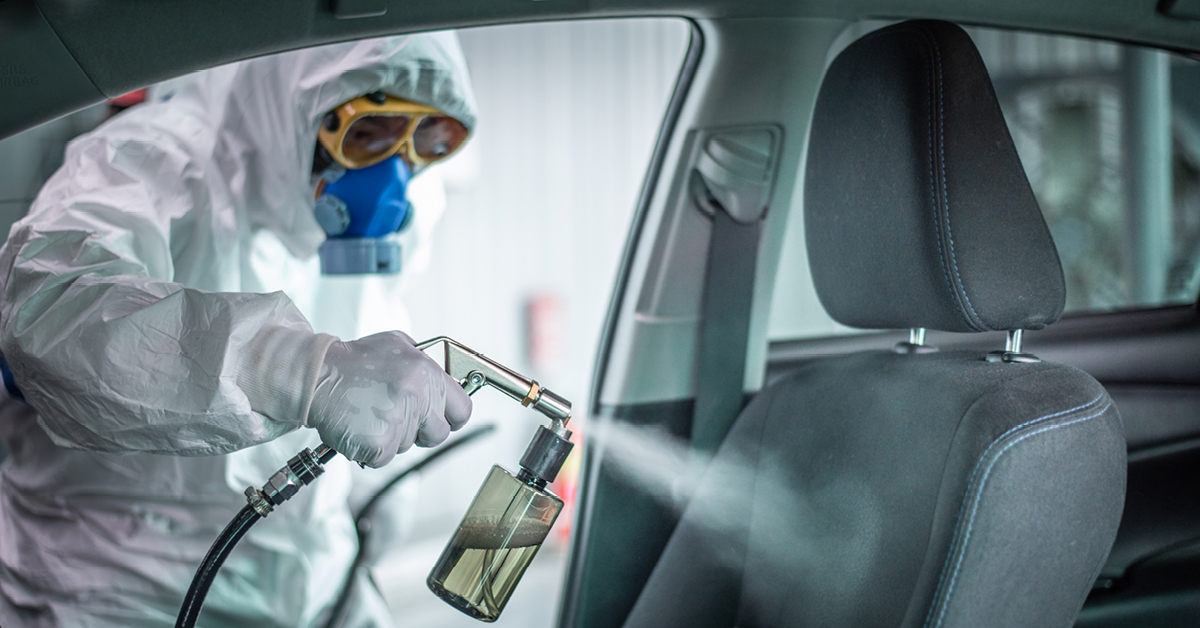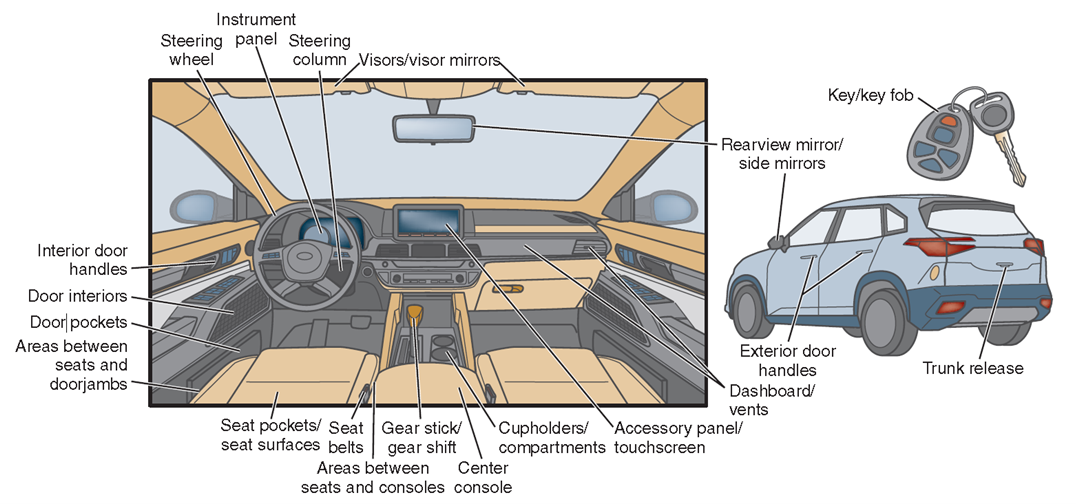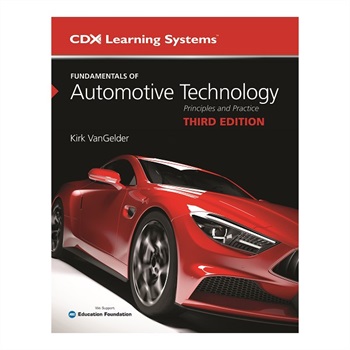COVID-19 Safety and Sanitation in the Auto Shop

Vehicle sanitization in the shop has never been more important than now. The latest protocols in in how auto technicians can reduce the spread of disease is managed in several ways, sanitization an imperative step in keeping surfaces clean. Promote best practices on vehicle sanitization in your shop with detailed facts, safety tips and protocols below.
Infectious Disease Protection
Infectious diseases have been a part of society for thousands of years. Some, like the common cold, are relatively harmless. Others are very harmful, or even fatal, like influenza. Infectious diseases are caused by bacteria and viruses. A pandemic occurs when a harmful disease spreads quickly around the world. One example is the 1918 flu epidemic, which lasted for almost two years. Around 675,000 people died in the United States alone. More recently, the COVID-19 virus had a profound effect on the daily lives of people all around the world. A huge effort has gone into finding and implementing ways to reduce the spread of this virus and other infectious diseases. This has affected the way technicians perform their jobs, as we will explore.
Sanitizing Vehicles
Infectious diseases can be transmitted when germs get on your hands after you touch a surface, such as a steering wheel or a shared tool in the shop. During an infectious disease outbreak, it's important to have a vehicle sanitation checklist with procedures that must be followed to keep common touch points clean and disinfected.
Common areas like the restroom, break room, and parts counter must be wiped down often with a cleaning solution followed by a disinfecting solution. This greatly reduces the chance that the touched surface will have enough infectious agent to cause an infection. High-use areas need to be wiped down often. Anytime you come into contact with this type of area it is good practice to wash your hands. If you do not have access to soap and water, use a hand sanitizer that contains at least 60% alcohol. Shared tools, like a scan tool, digital storage oscilloscope (DSO), tire machine, or strut spring compressor must be cleaned and sanitized before and after use.
Vehicles have many touch points that must be cleaned and disinfected before your work begins and after it ends. Most manufacturers and both dealer and independent repair shop organizations have published procedures for cleaning these surfaces. They also specify which cleaning and disinfecting supplies are effective without damaging vehicle surfaces or components.

Safety Tip
Following infectious disease transmission protocols and COVID-19 safety precautions reduces the spread of disease. These safety measures can keep you from getting sick or transmitting the disease to others. Some infectious diseases can even lead to death. Thus, these vehicle sanitization safety protocols are just as important as ensuring lug nuts and other fasteners are torqued properly.

For additional information regarding COVID-19 classroom procedures the prevention of spreading infectious diseases, check out Fundamentals of Automotive Technology, Third Edition. These topics and more are covered in greater detail in this brand new comprehensive resource.
Download a sample chapter from the Third Edition today.